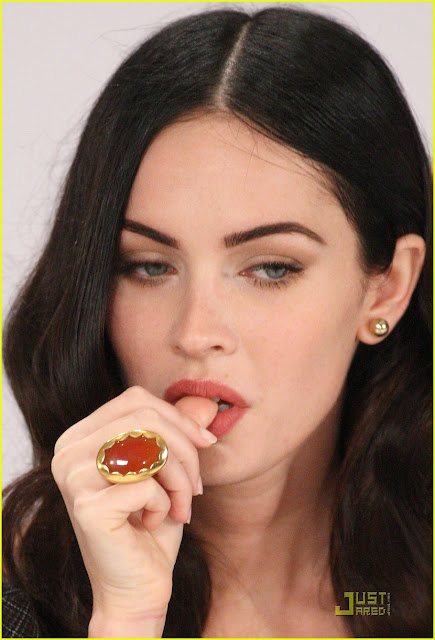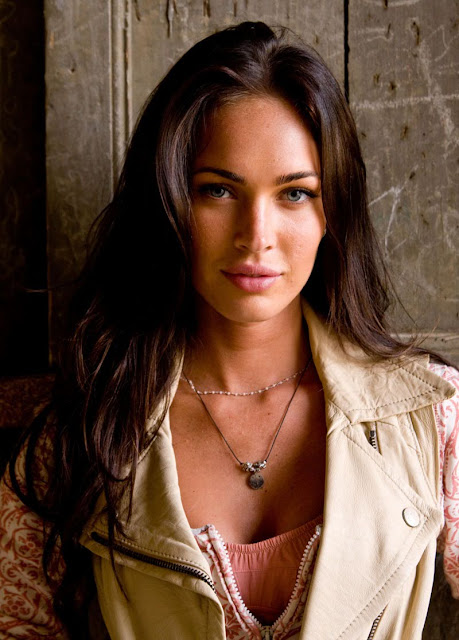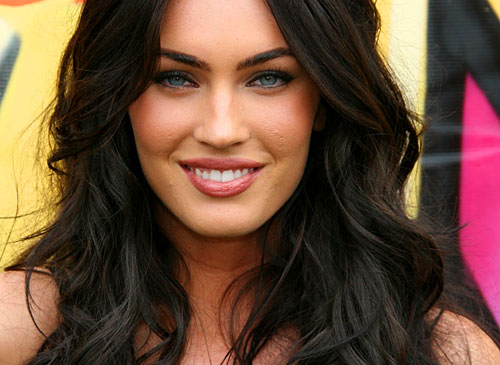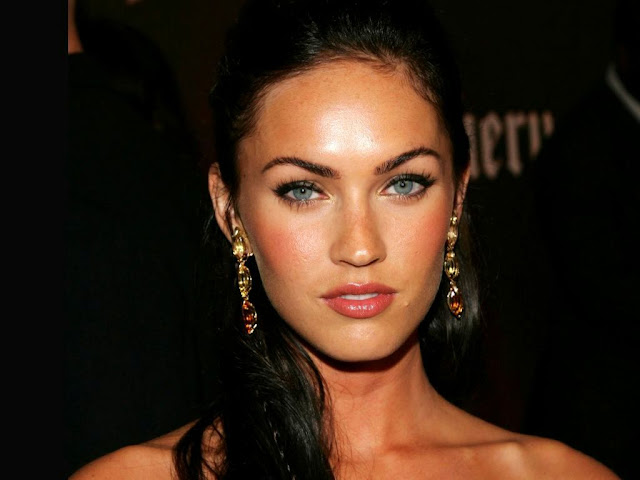ST LOUIS (LALATE) – Jamie Lynne Grumet photos are prompting an “Are You Mom Enough” debate this Mother’s Day. Jamie Lynne Grumet appears in the controversial Time Magazine Breastfeeding cover this week for the news story about attachment parenting entitled “Are You Mom Enough”.
But after Jamie Lynne Grumet spoke to news this week, the controversy wasn’t done. Grumet defended her side of the debate. And supporting her was the man who inspired the movement. Dr William Sears Author of the Baby Book first wrote about attachment parenting in 1992. That book, and its approach dominated news debate this week.
But after Jamie Lynne Grumet spoke to news this week, the controversy wasn’t done. Grumet defended her side of the debate. And supporting her was the man who inspired the movement. Dr William Sears Author of the Baby Book first wrote about attachment parenting in 1992. That book, and its approach dominated news debate this week.
Yet, when Grumet and Sears appeared on the TODAY show this week, the news program called the Time Magazine cover “more fuel for the fire”, “an eye grabbing cover”. The news telecast explained that critics call attachment parenting an “intensive approach” involving a family bed, wearing your baby, and attending your child around the clock.
One critic said that attending to your child every waking moment from birth to toddler years does not prepare the child for the real world. “The whole world doesn’t revolve around anyone” said the critic.
One critic said that attending to your child every waking moment from birth to toddler years does not prepare the child for the real world. “The whole world doesn’t revolve around anyone” said the critic.
Ironically, as soon as the TODAY news anchor asked Jamie Lynne Grumet a question, her son interrupted her mom speaking and began his voice his own desires, in the middle of a national news broadcast.
Jamie Lynne Grumet said that “We understand what we were going to get into” by appearing on the TIME cover. She also told news “I thought like our family was one of the better ones to handle [the debate], because my mom’s, our personal breast feeding …”, but then was interrupted by her son.
Jamie Lynne Grumet said that “We understand what we were going to get into” by appearing on the TIME cover. She also told news “I thought like our family was one of the better ones to handle [the debate], because my mom’s, our personal breast feeding …”, but then was interrupted by her son.
Grumet then was able to continue. “I don’t feel like that takes away from my own personal life, my relationship with my husband is very important to me. It gives my children a strong bond too. I know some people claim you can’t be intimate with your husband if you are attachment parenting.”
Dr William Sears, author of the Baby Book, also defended the idea. He claims that attachment parenting babies never become bullies. “If you came in my office as a new parent, and I want a parenting pill that will turn …a super baby, that … gives you eye contact… I have never seen an attachment parenting baby who has become a bully.”
He also told news “We put balance, it is not extreme. .. this is what you would naturally and instinctively do to give your baby the best investment.”



Dr William Sears, author of the Baby Book, also defended the idea. He claims that attachment parenting babies never become bullies. “If you came in my office as a new parent, and I want a parenting pill that will turn …a super baby, that … gives you eye contact… I have never seen an attachment parenting baby who has become a bully.”
He also told news “We put balance, it is not extreme. .. this is what you would naturally and instinctively do to give your baby the best investment.”















